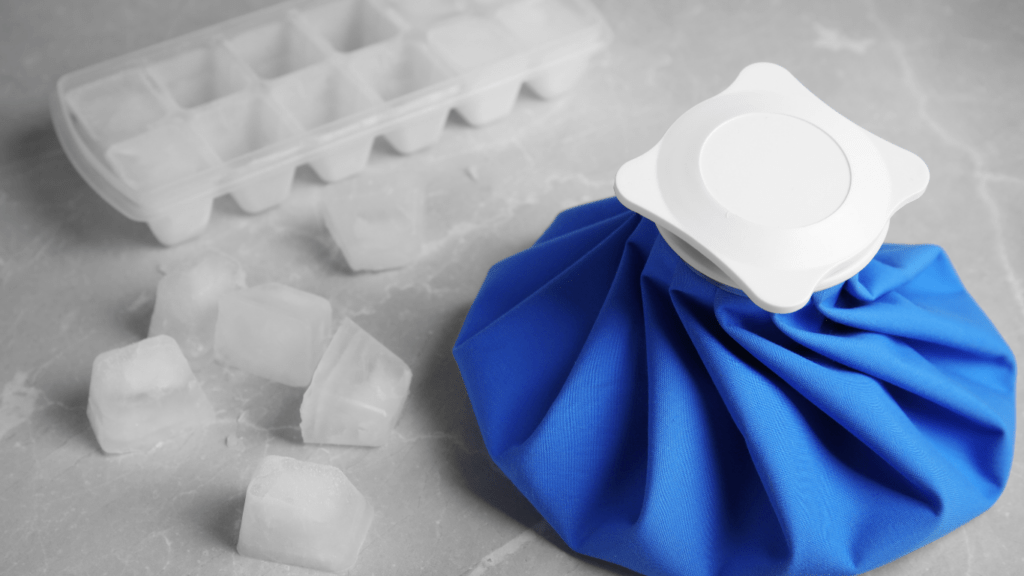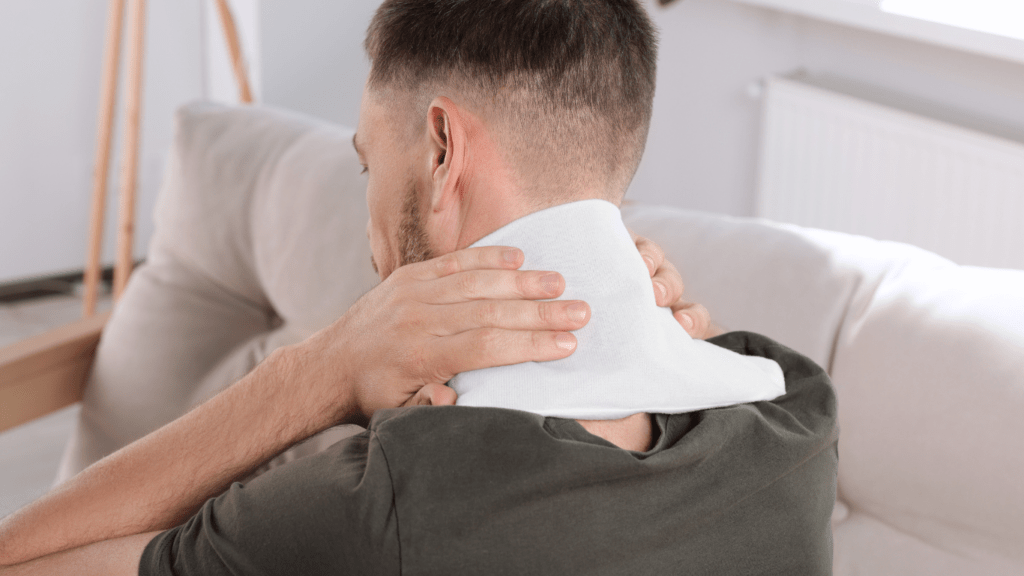Recovery plays a crucial role in staying active and reaching fitness goals, but it’s often overlooked. I’ve learned that the right recovery methods can make all the difference, especially when it comes to reducing pain and speeding up healing. That’s where cold and heat therapy come in—two simple yet powerful tools that can transform how your body bounces back.
Understanding Cold And Heat Therapy
Cold and heat therapy are two proven approaches for:
- managing pain
- reducing inflammation
- enhancing recovery
Both methods work by targeting the body’s healing processes in distinct ways.
What Is Cold Therapy?
Cold therapy, also called cryotherapy, reduces inflammation and numbs pain by lowering the treated area’s temperature. It constricts blood vessels, limits blood flow, and reduces swelling, making it ideal for acute injuries like sprains, bruises, or strained muscles. Common methods include ice packs, cold baths, and cooling gels.
For instance, applying an ice pack for 10-20 minutes immediately after a twist or minor injury can prevent excessive swelling. Athletes often use cold water immersion after intense workouts to decrease muscle soreness.
What Is Heat Therapy?
Heat therapy promotes healing by increasing circulation and relaxing muscles. Heat dilates blood vessels, improving oxygen flow to the affected area and soothing stiffness or deep muscle pain. It’s best for chronic issues like back pain, arthritis, or muscle tension.
Examples include heating pads, hot baths, and warm compresses. I find that applying a heating pad for 15-20 minutes provides effective relief for recurring lower back discomfort. On colder days, warm baths help loosen tight joints and improve overall mobility.
Benefits Of Cold And Heat Therapy
Cold and heat therapy provide effective remedies for pain relief and recovery. Each method offers unique benefits tailored to specific conditions and healing processes.
How Cold Therapy Aids Recovery
Cold therapy reduces inflammation and numbs pain, accelerating recovery for acute injuries. Ice packs lower tissue temperatures, minimizing swelling after sprains or muscle strains. Cold baths promote blood vessel constriction, which decreases fluid buildup in targeted areas. Applying cold within 48 hours of injury optimizes results. Research suggests that cryotherapy can improve post-exercise recovery by reducing delayed onset muscle soreness (DOMS).
Advantages Of Heat Therapy
Heat therapy enhances blood flow and relaxes muscles, supporting recovery from chronic conditions. Heating pads deliver localized warmth to ease stiffness. Warm baths or hot compresses soothe larger areas, relieving tension in muscles and joints. Increasing circulation through heat accelerates tissue healing by improving oxygen delivery. Evidence shows heat reduces joint pain in arthritis and promotes flexibility in soft tissues, improving comfort and mobility.
When To Use Cold Vs. Heat Therapy
Choosing between cold and heat therapy depends on the type and timing of the issue being addressed. Each therapy offers distinct benefits for specific conditions, ensuring optimal recovery when applied appropriately.
Situations Ideal For Cold Therapy
Cold therapy works best for acute injuries and inflammation. It helps reduce swelling, numb pain, and limit tissue damage early in the healing process. Examples include sprains, strains, and minor muscle tears. Using cold therapy within the first 24-48 hours after injury is critical for minimizing inflammation in the affected area.
Post-exercise recovery also benefits from cold therapy. Ice baths or ice packs mitigate delayed onset muscle soreness (DOMS), particularly after intense workouts. Targeting localized pain, like joint discomfort or bruises, is also effective with cold compresses.
Best Use Cases For Heat Therapy
Heat therapy suits chronic pain and muscle stiffness. It’s effective for conditions such as back pain, arthritis, and long-term joint issues. Applying consistent warmth increases blood flow, relaxes tight muscles, and enhances flexibility, which aids in ongoing recovery.
For larger muscle groups, heating pads or warm baths work well to alleviate tension and stiffness. Pre-exercise application of heat therapy can prepare muscles by improving circulation, reducing the risk of injury. It’s beneficial for stress-related muscle tightness, helping to ease discomfort and improve mobility.
Choosing The Right Therapy For Your Needs

Selecting between cold and heat therapy depends on several factors, including the type of injury, duration of symptoms, and recovery goals. Understanding these elements ensures effective and safe application.
Factors To Consider
1. Type of Injury
Acute injuries, like sprains or strains, respond better to cold therapy because it reduces inflammation and numbs pain. Chronic conditions, such as arthritis or back pain, benefit more from heat therapy due to its ability to improve circulation and relax muscles.
2. Timing of Application
Cold therapy works best within 24-48 hours of an acute injury to control swelling. Heat therapy is ideal after this initial period or for relieving long-term muscle tension or stiffness.
3. Targeted Area
Use cold therapy for localized pain, like a swollen joint. Choose heat therapy for larger areas or chronic conditions affecting muscle groups, such as the lower back or neck.
4. Individual Sensitivity
Skin sensitivity plays a role in therapy selection. Individuals with cold intolerance or poor circulation should avoid prolonged cold therapy, while those prone to burns must handle heat therapy carefully.
5. Combination Approaches
Contrast therapy can be more suitable if the goal is dynamic recovery, leveraging cold therapy to reduce inflammation followed by heat to promote flexibility and relaxation.
Common Mistakes To Avoid
1. Incorrect Timing
Using heat therapy immediately after an acute injury can worsen inflammation. Similarly, prolonged cold therapy after the initial recovery phase may delay healing.
2. Excessive Duration
Overexposing the skin to cold or heat damages tissues. Limit each application to 15-20 minutes based on methods like ice packs or heating pads.
3. Direct Skin Contact
Placing cold or heat sources directly onto the skin increases the risk of burns or frostbite. Always use a barrier, like cloth or towel, between the therapy tool and skin.
4. Ignoring Underlying Conditions
Applying therapy without considering underlying health issues, such as circulatory disorders or neuropathy, can exacerbate the condition. It’s critical to assess individual medical conditions first.
5. Neglecting Professional Guidance
Self-diagnosing and using therapies without consulting a medical expert leads to mismanagement. Severe injuries or persistent symptoms require professional advice to identify the most effective treatment plan.




